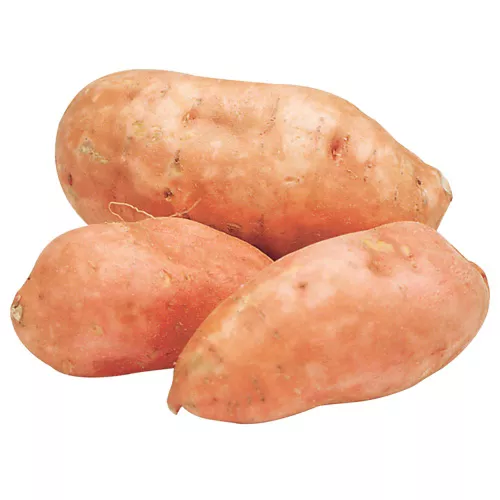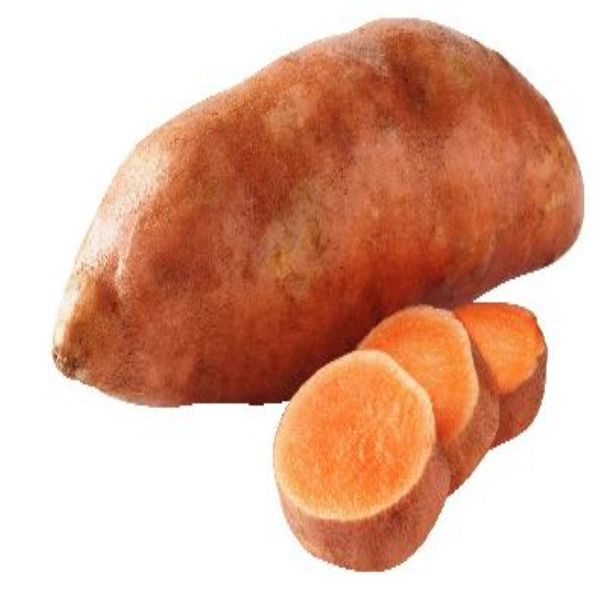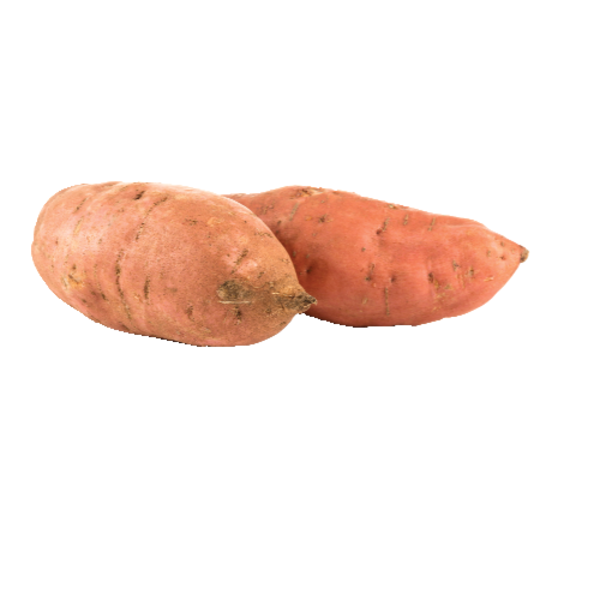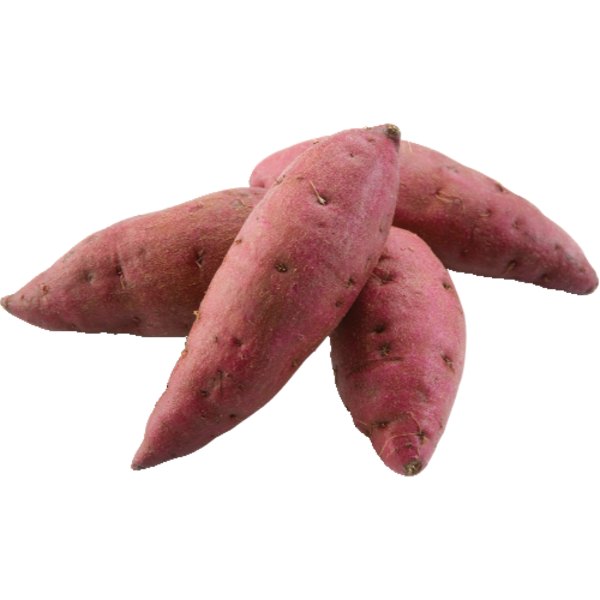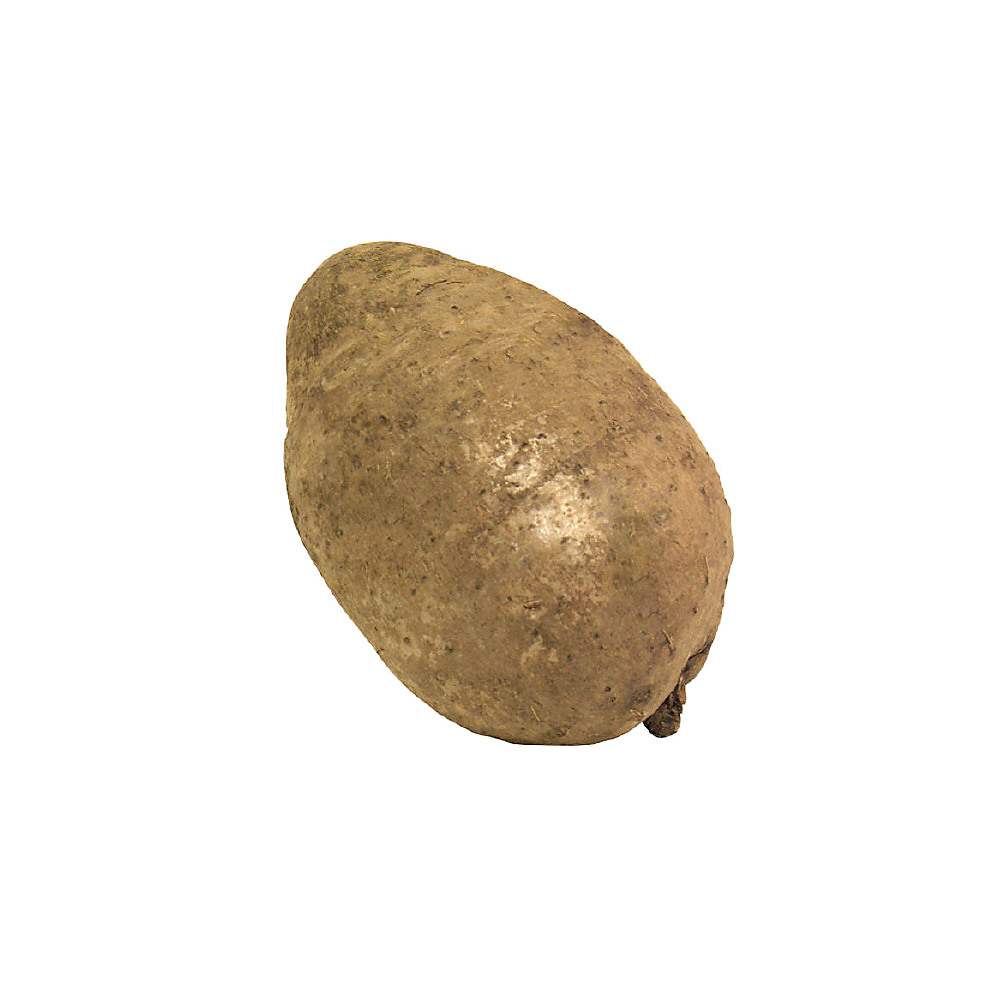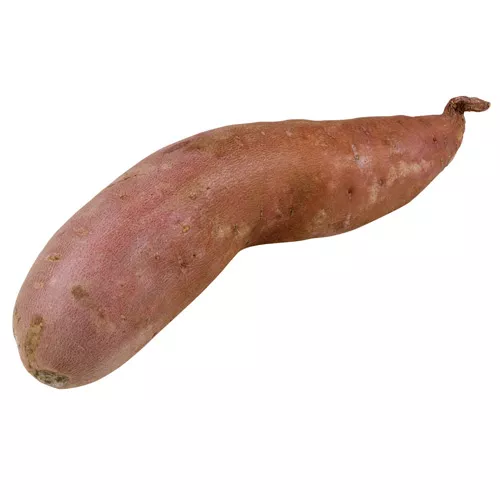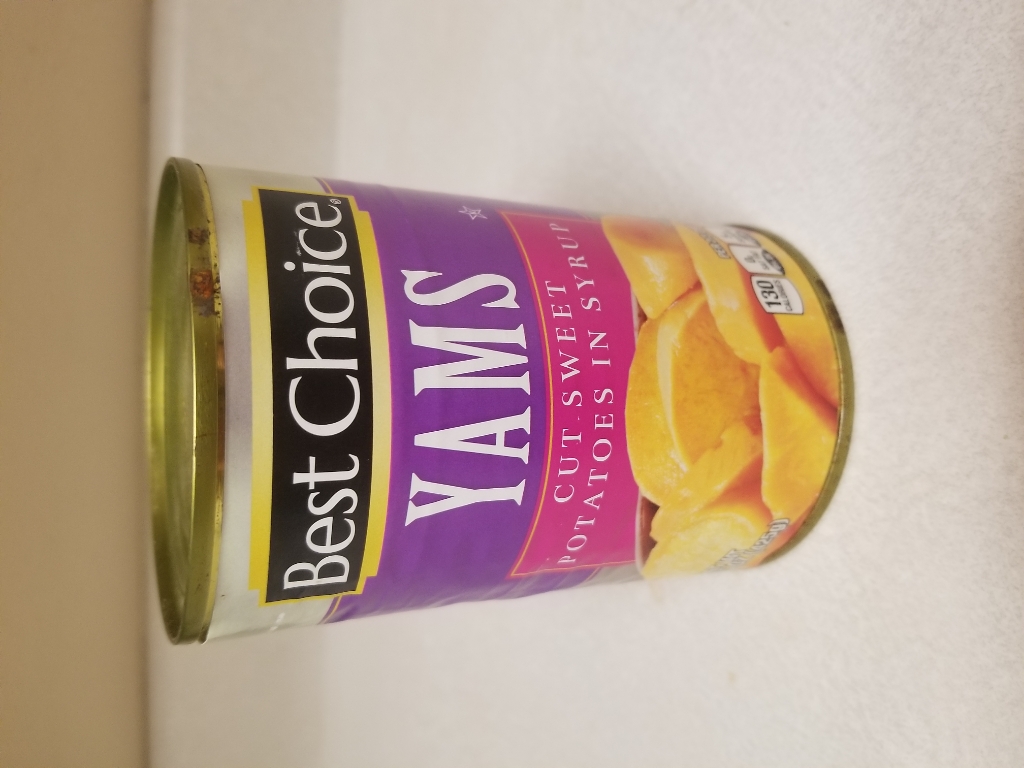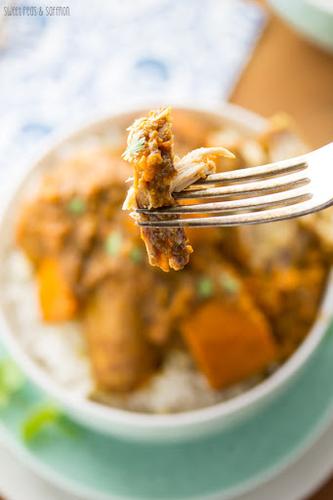SIDE DISHES
MAIN DISHES
DESSERTS
Yams
Yams are a type of tuber, primarily grown in Africa, Asia, and the Caribbean, with over 600 varieties known to exist. Known for their starchy texture, yams are often confused with sweet potatoes; however, they differ in terms of skin texture, flesh color, and flavor. Yams are an essential ingredient in many traditional dishes from the regions where they are cultivated and are also valued for their high nutritional content and potential health benefits.
A popular staple in many cuisines, yams can be prepared in a variety of ways, such as boiling, baking, frying, or roasting. They are commonly used in soups, stews, and desserts or simply enjoyed on their own. Given their versatility, yams can be easily incorporated into a variety of recipes, adding a unique flavor and texture to any dish while also providing a significant source of essential nutrients such as vitamins, minerals, and dietary fiber.
94%
CARBS
1%
FAT
5%
PROTEIN
12,641 Yams Products
Used In 1 Recipe
Yams Are Frequently Used With
Yams FAQ
When cooking with yams, people often mix them up with sweet potatoes due to their similar appearance. However, they are quite different. Yams are typically larger and have rough, dark skin and dry, starchy flesh while sweet potatoes are smaller with smoother skin and moist, sweet flesh. They also cook differently and have different flavors, so using the right one in your recipe is important.
A common mistake people make when handling yams is not washing their skin properly before cooking. Although you might peel them, it's crucial to clean the exterior thoroughly to avoid getting any dirt or bacteria into your dish.
To get the most out of yams, don't peel them before cooking as a lot of nutrients and fiber are in the skin. Instead, wash them properly and then bake, roast, or boil with the skin on. Once cooked, the skin can be easily removed if desired.
When it comes to seasoning, yams pair well with many spices like cinnamon, nutmeg, and ginger or flavors like brown sugar, maple syrup or butter for a classic earthy sweetness. For a savory dish, try them with garlic, chilies or herbs such as rosemary, thyme or sage.
Little known, but helpful to know is that raw yams should not be eaten as they contain compounds which can be harmful if ingested. They need to be cooked properly before consumption.
Here's something neat - yams can also be used for topical applications in traditional medicine, where they are believed to help with skin issues like rashes or burns.
What's the difference between a yam and a sweet potato?
Can you eat yams raw?
Do I need to peel yams before cooking?
How can I cook yams?
What flavors go well with yams?
Are yams good for you?
Are yams and sweet potatoes interchangeable in recipes?
Can I eat the skin of a yam?
Why are my yams stringy?
Can yams be frozen?
Expiration & Storage Tips
When does yams expire?
Yams can generally last up to 2 weeks if they're stored properly. Once they're cut open, they can last about 1 week in the refrigerator. They can also last up to 12 months in the freezer, providing you blanch them first.
How do you tell if yams is bad?
If a yam has gone bad, it will have soft spots or wrinkles on the skin, mold, or a sour smell. If you've cut it open, the flesh may have dark or black spots. If any of these signs are present, the yam should be discarded.
Tips for storing yams to extend shelf life
• Store yams in a cool, dark, well-ventilated area. Avoid storing them in the fridge, as this can cause them to spoil faster.
• If you've already cut the yam open, you'll want to store it in the fridge, ideally wrapped in plastic wrap or kept in a tightly-sealed container to prevent it from drying out.
• To freeze yams, you'll first want to clean them thoroughly, peel them, and cut them into chunks. Then, blanch them by boiling for about 5-7 minutes, followed by a quick plunge into icy cold water to halt the cooking process. Finally, dry them off properly and store them in an airtight containers or freezer-safe bags. When you're ready to use them, defrost them in the refrigerator overnight.
EXPIRES WITHIN
7 - 10
WEEKS
Substitutes

Sweet Potato

White Sweet Potato
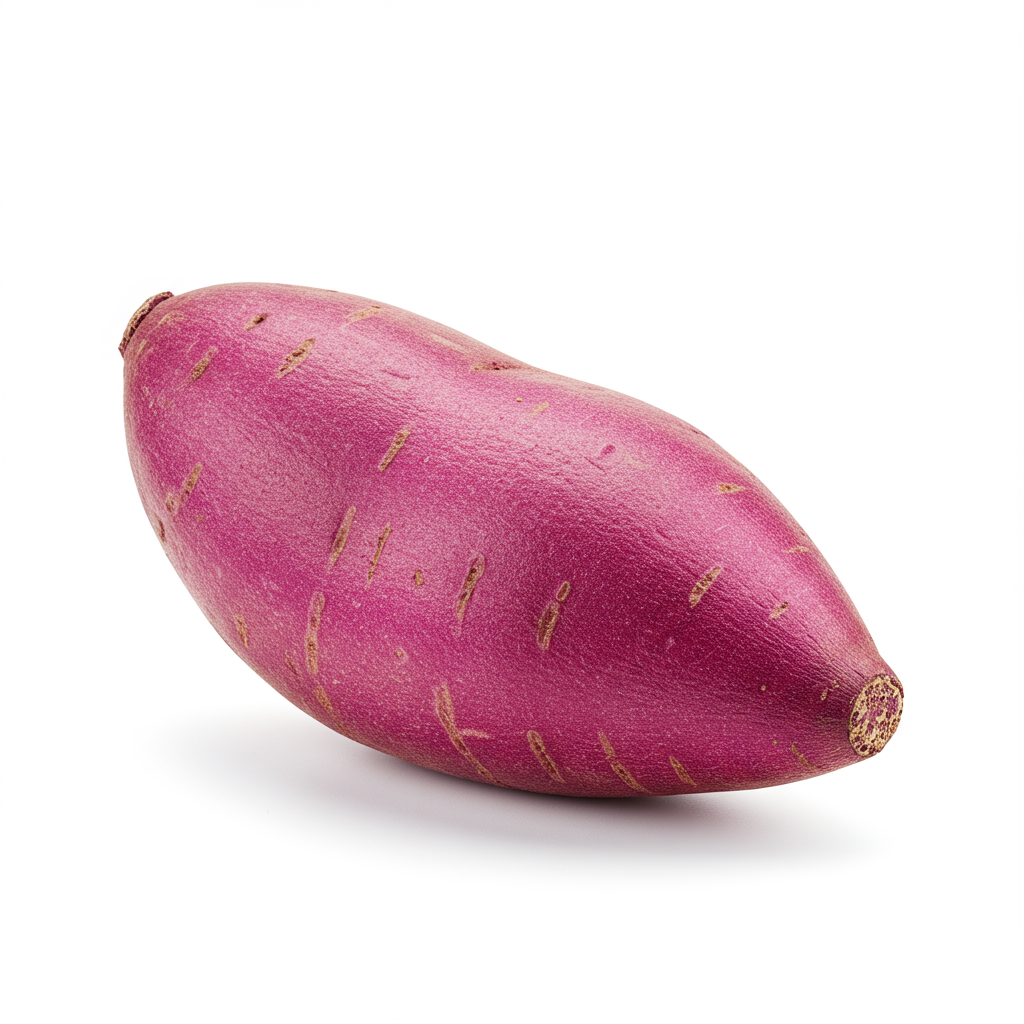
Purple Sweet Potato
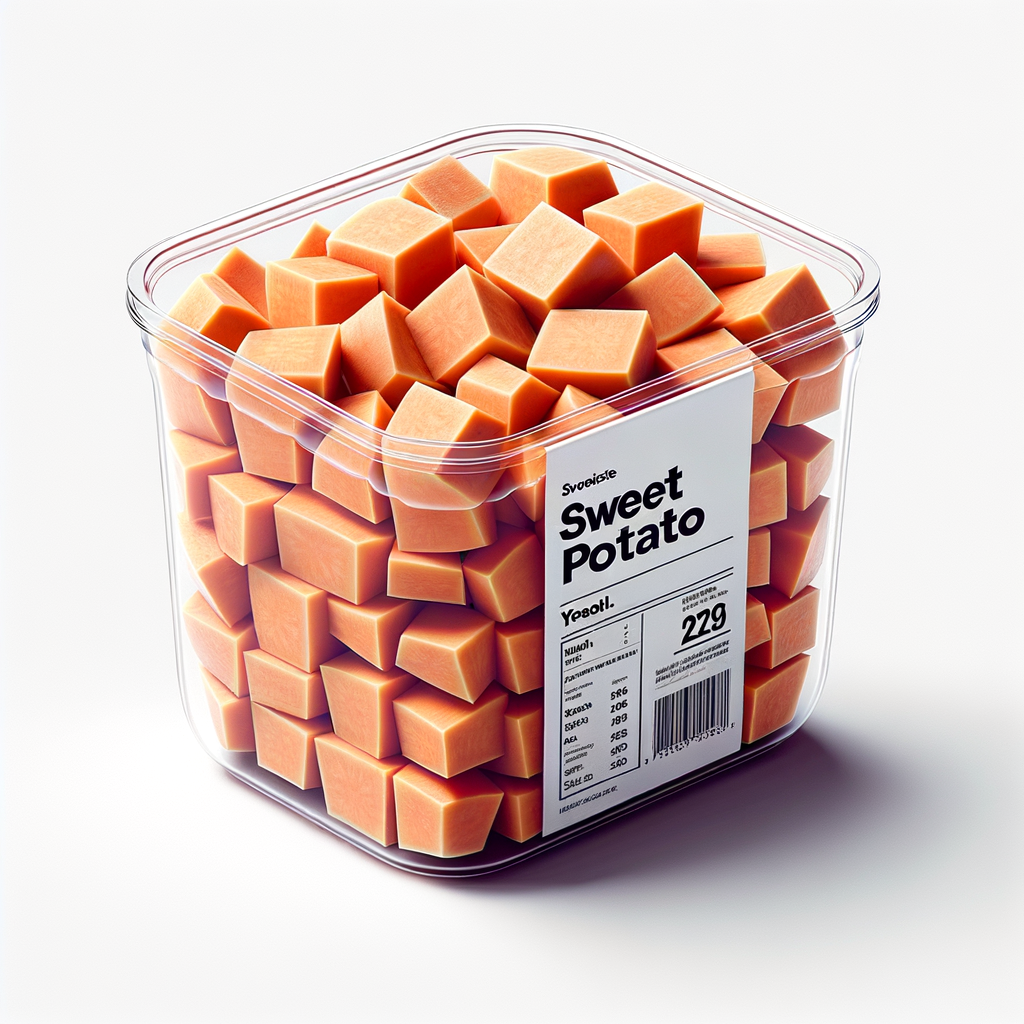
Sweet Potato Cubes

Spiral Sweet Potato

Butternut Squash

Butternut Squash Cubes

Potato

Cut Yams

Diced Potatoes
See All
Health Info
Macros
41g
CARBS
0g
FAT
2g
PROTEIN
Allowed on these diets
LOW FAT
HIGH CALCIUM
VEGETARIAN
PALEO
WHOLE 30
MEDITERRANEAN
VEGAN
LACTOSE FREE
GLUTEN FREE

